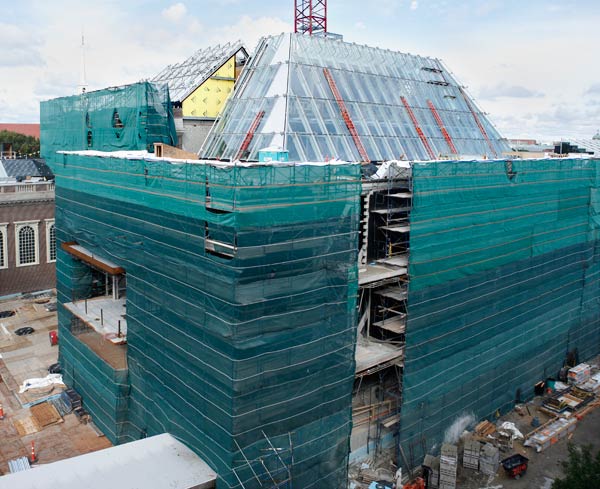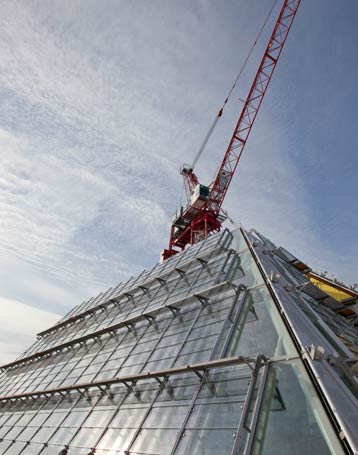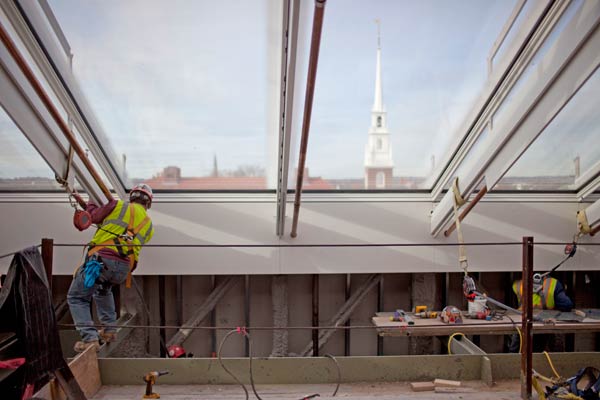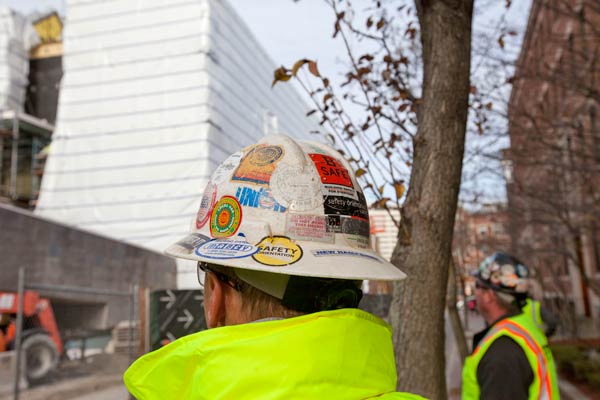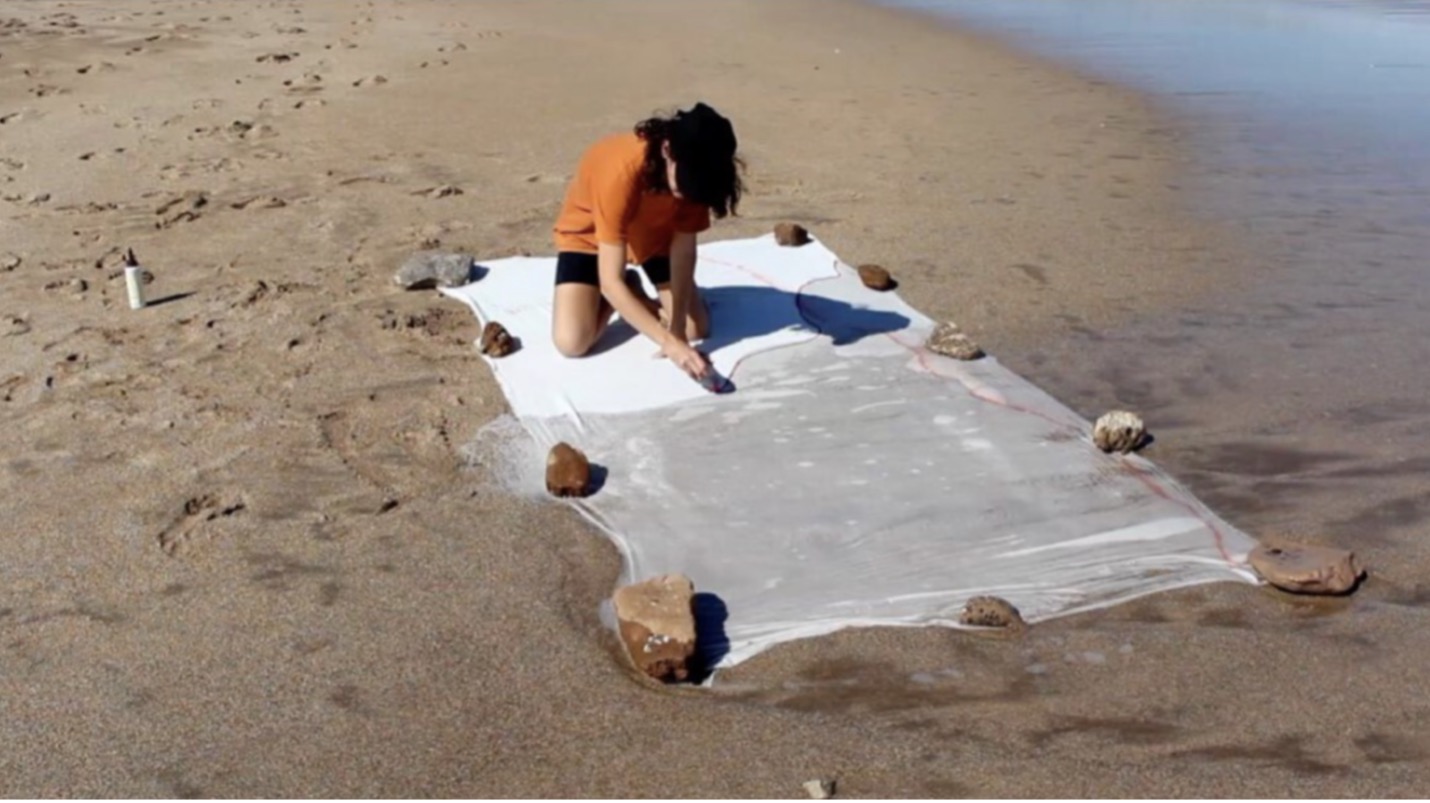Those of you who are following our renovation and expansion project have heard a lot about the academic goals behind it, as well as the architectural elements and physical changes to the building. As we enter the final phases of construction (the exterior of the building was made weathertight at the end of last year and work has now shifted to the build out of interior spaces), we turn our attention to how we plan to open up this new museum facility to diverse audiences.
We have always strived to serve students and faculty over the course of our more than 100-year history, but the opening of our renovated building in 2014 will mark a turning point. We are redoubling our outreach efforts to also let our wider audiences know about the particular benefits available to them. As a teaching museum based in a leading research university with one of the largest and most important art collections in the country, we have a lot more to offer than simply a new building.
University museums often distinguish themselves through expanded access to their collections, as well as through fresh approaches to presenting those collections. For us, expanded access means not only adding more traditional gallery spaces, but also galleries that are programmed in consultation with faculty and students, galleries that are used to teach exhibition-making, object-based study centers where visitors can request and view works of art, the use of technology for further investigations, and flexible spaces for different kinds of installations, programs, and performances. We call these our interpretive platforms. In less scholastic terms, these “platforms” simply provide multiple avenues for visitors to explore what is of interest to them. This new approach veers away from that of distributing a map that provides a trail from point A to point B.
The new Harvard Art Museums facility will finally unite our three museums (Fogg, Busch-Reisinger, and Arthur M. Sackler) in one building, and their collections will be presented with an eye toward breaking down traditional boundaries and juxtaposing works from different cultures, time periods, and mediums. This will not simply offer a unique viewing experience, but, true to our mission as a teaching museum, inspire questions, discussions, and diverse points of view as a result of that experience. Lastly, even with more than 43,000 sq ft of gallery space (a 40% increase), you may be surprised to find that the galleries are comfortably scaled and that objects are installed with sufficient breathing space to encourage close looking.
By the time we complete construction at the end of 2013, our focus will shift again to the enormous task of packing and moving our collections among three separate facilities and installing the galleries in the new Harvard Art Museums. We have been able to keep the Sackler Museum open for nearly five years during the renovation project on Quincy Street, but as of June 1 we will need those gallery spaces to conduct the complex packing and moving project. Until we reopen in the fall of 2014, we’ll be working hard to ensure that your experience in the new Harvard Art Museums is well worth the wait.
See more images from the renovation on Flickr.
Read more about the renovation and expansion project in the Harvard Gazette.
